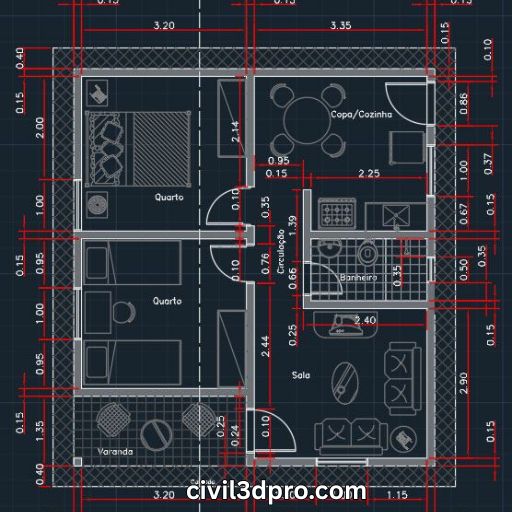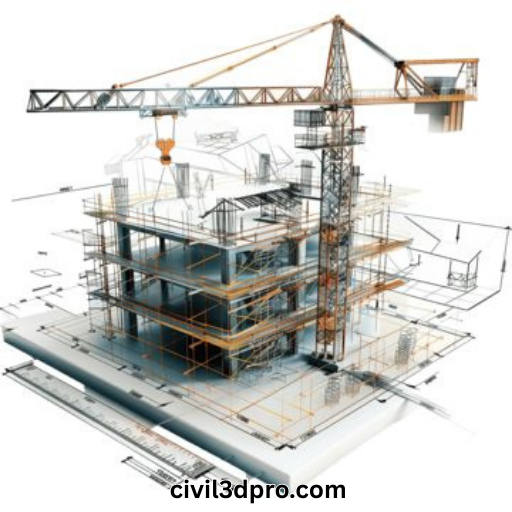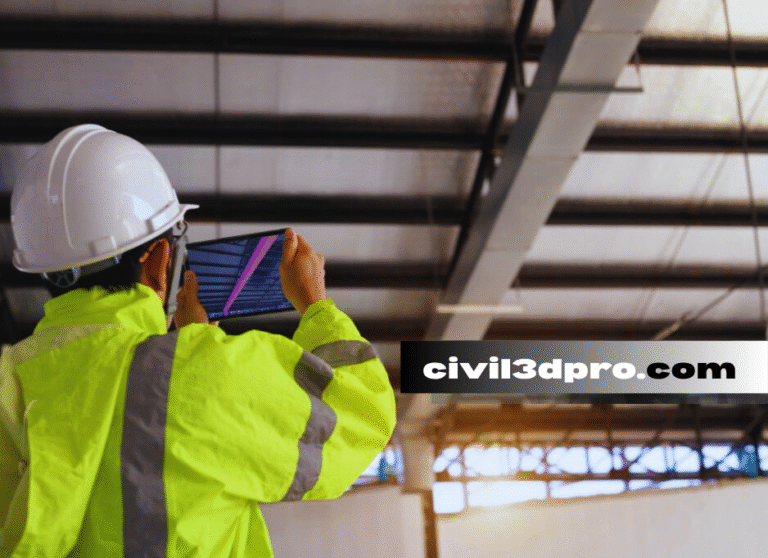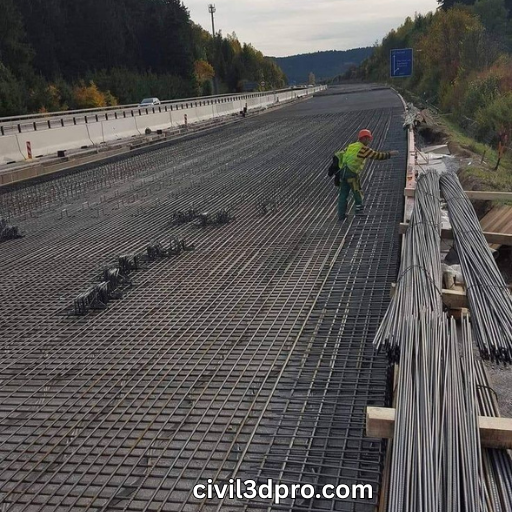Best Practices for Road Design Using Civil 3D Pro Services
Road planning is an important part of building infrastructure, and engineers can now work. For faster, better, and more accurately thanks to new software tools. One of the best tools for designing roads and doing civil engineering work is Autodesk’s Civil 3D. Whether you are building new roads, fixing up old ones, or making models of complicated intersections.
This blog post will talk about the best ways to construct roads with Civil 3D Pro designs. How to get the most out of the software to get better, more reliable results.

Road Design Using Civil 3D Pro Services
1. Start with a Clear Plan and Data Collection
Before you even launch Civil 3D, you need plan your road well. Having complete and correct data is really important. This comprises surveys of the land, geotechnical data, transportation patterns, and things that affect the environment. It is easy to import survey data into Civil 3D, whether it originates via point clouds, GPS, or more traditional surveying methods.
Tip: Before you start designing, try to get as much information as you can. Civil 3D pro services can work with a lot of different file types, which makes it easier to combine information from many places.
2. Leverage Civil 3D’s Roadway Design Tools
Civil 3D has a complete set of tools for designing roads, from making alignments to making cross-sections. These tools can help you speed up the design process:
Alignments: Set horizontal and vertical alignments for your roads. You can use Civil 3D to make curves, tangents, and spiral transitions that improve the shape of the road.
Profiles and Sections:Use profiles to line things up vertically and cross-sections to show details. These technologies make it possible to grade accurately and make sure that standards are met.
Corridors: Corridors are one of the most useful tools in Civil 3D. They let you simulate complicated road surfaces, like medians, shoulders, and ditches. This is quite helpful when you have to deal with different sorts of roads and layers.
3. Use Subassemblies and Assemblies for Design Consistency
In Civil 3D, subassemblies and assemblies are design parts that may be used again and again to make things more consistent and efficient. Subassemblies can designate individual parts, such as lanes, shoulders, or curbs. Assemblies, on the other hand, put these parts together to make a full cross-section.
Tip: You can either make your own subassemblies for your project or use the ones that come with Civil 3D. This helps keep different design elements consistent and makes things run more smoothly.
4. Optimize Grading with Civil 3D’s Grading Tools
A key part of designing a road is making sure the grading is done right. You can automate a lot of the grading process with Civil 3D’s grading tools. This makes sure that the transitions between road surfaces, ditches, and embankments are smooth. Civil 3D can help you automate and improve grading, which will save you time and reduce mistakes, whether you are working on a flat road or a steep area.
Tip: Make grading objects for roads, ditches, or swales with the grading tools. This makes sure that the slope and drainage match the plans you made.
5. Ensure Proper Drainage and Stormwater Management
It is important to make sure that your roads have good drainage systems so that water does not collect and cause erosion. You can use Civil 3D to model drainage systems like pipelines, culverts, and channels, which lets you add stormwater management right into your design.
Tip: Use Civil 3D’s hydrology and hydraulics tools to get an accurate picture of stormwater, and make sure your road design follows local rules and best practices.
Why Choose Civil3DPro for Your Road Design Needs?
While Civil 3D offers powerful tools, the learning curve and intricacies of road design can be overwhelming, especially for those unfamiliar with the software. That’s where Civil3DPro.com comes in.
Civil3DPro.com provides expert services tailored to your project’s unique needs, including:
- Civil 3D Training: Whether you’re new to Civil 3D or need to upgrade your skills, Civil3DPro offers comprehensive training programs.
- Road Design and Engineering Services: Take your road designs to the next level with professional assistance in corridor modeling, grading, drainage systems, and more.
- Consulting and Support: Get expert advice and support for any Civil 3D-related challenges, ensuring that your project runs smoothly from start to finish.
With Civil3DPro, you can be confident that your road design project will benefit from the expertise and efficiency that comes with years of experience using Civil 3D.
Conclusion
Good planning, accurate modelling, and smooth workflows are very important for the success of road design projects. Civil 3D has a lot of powerful tools that, when utilised appropriately, can change the way engineers plan roads. You can make sure that your projects are finished on time, under budget, and to the highest standards by following best practices and getting help from Civil 3D Pro services.






